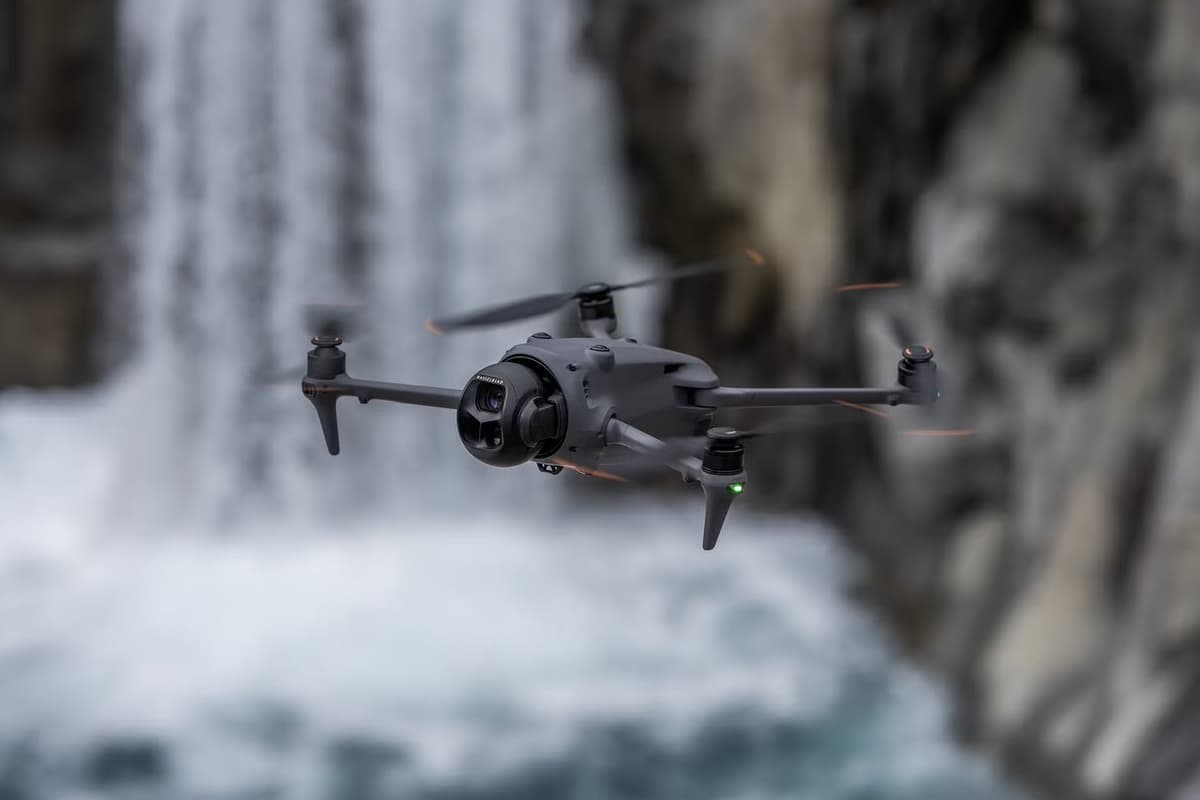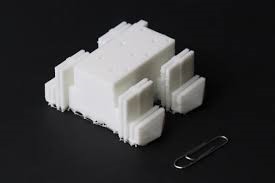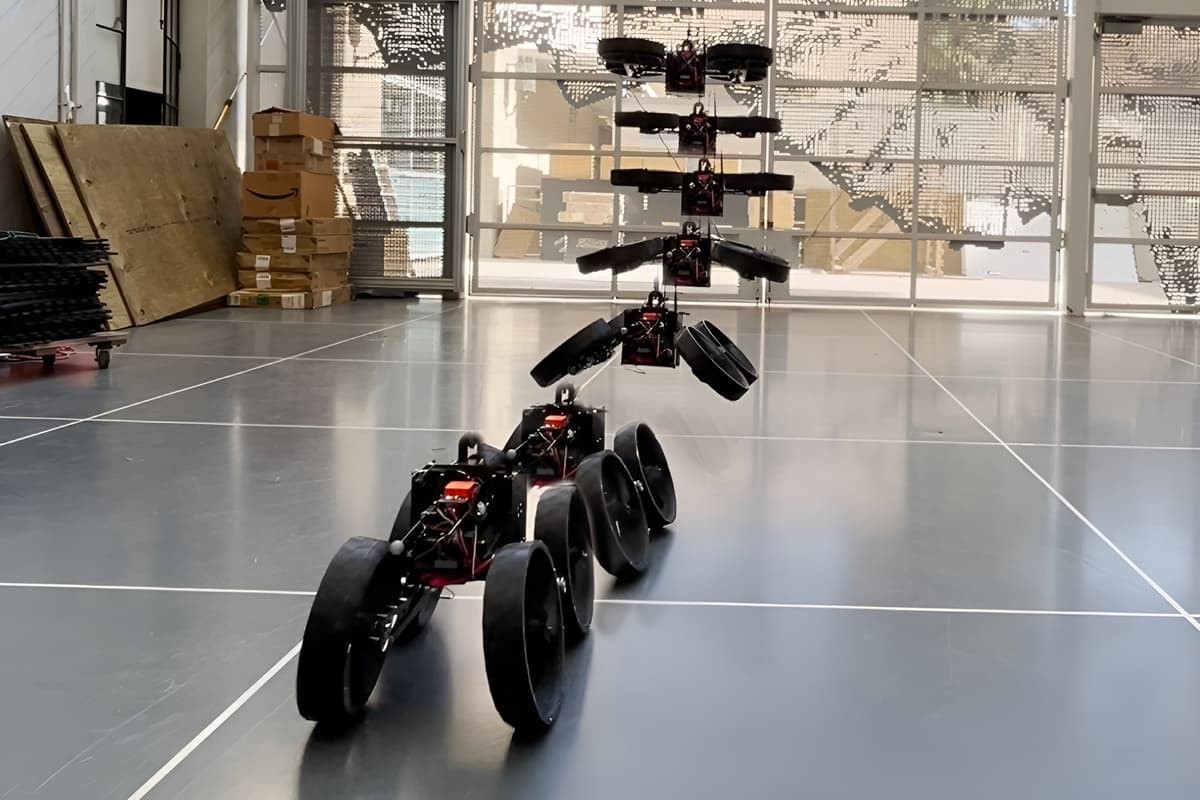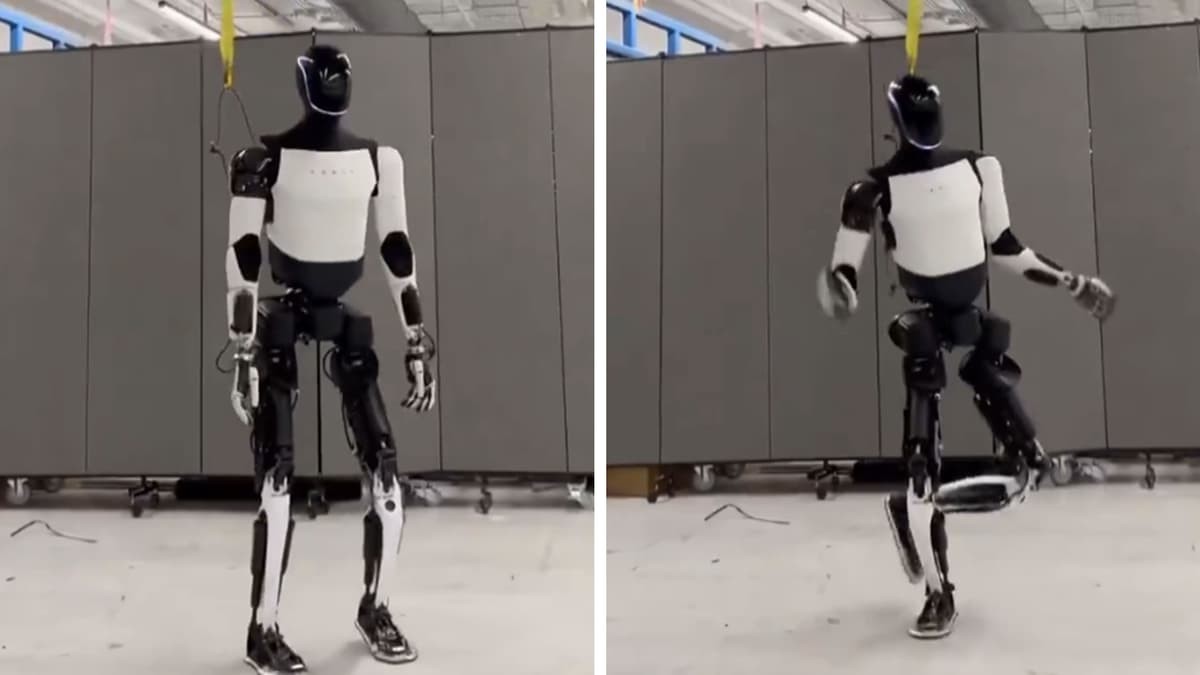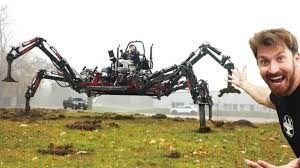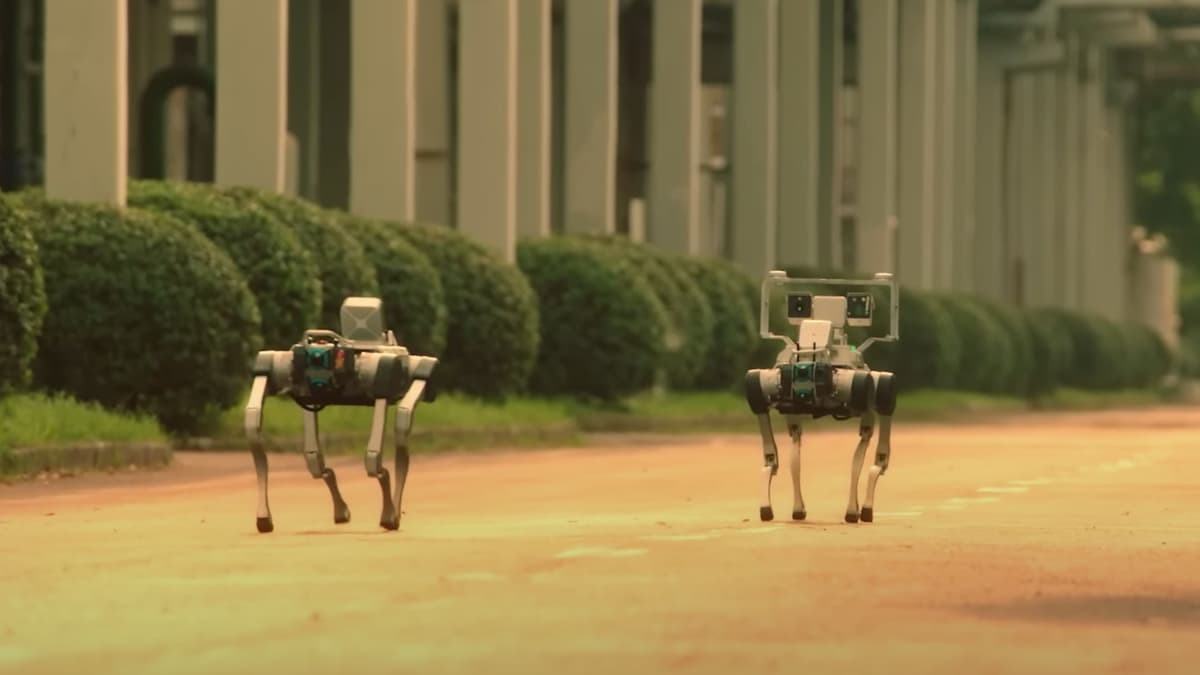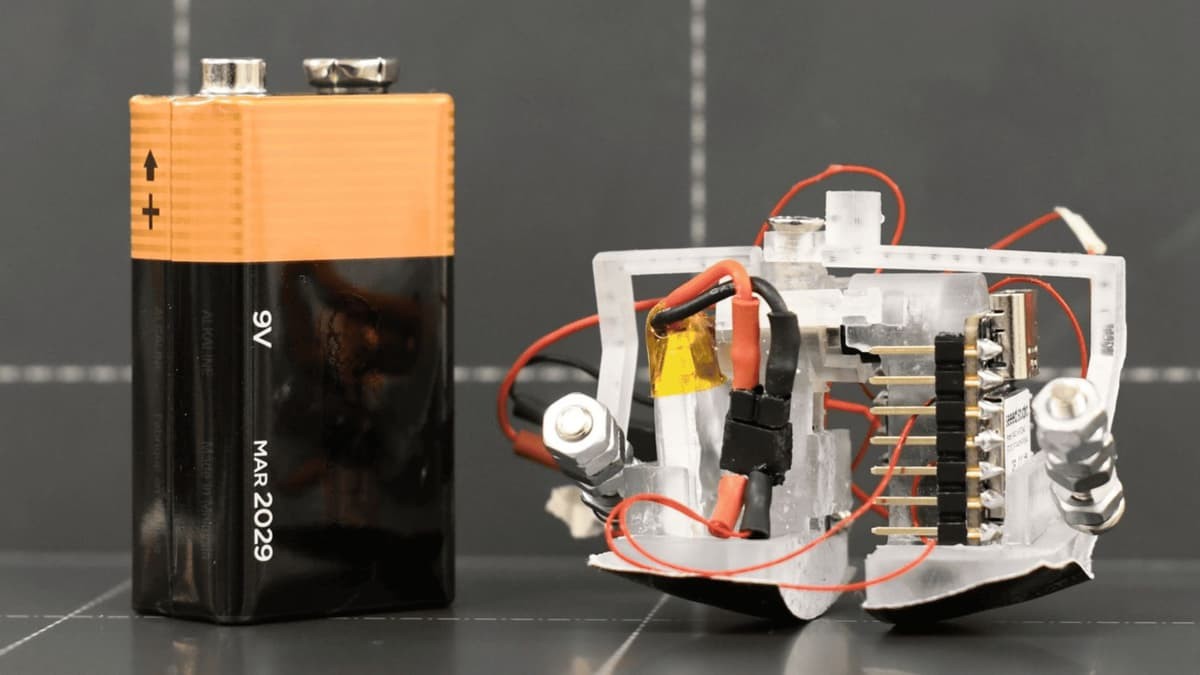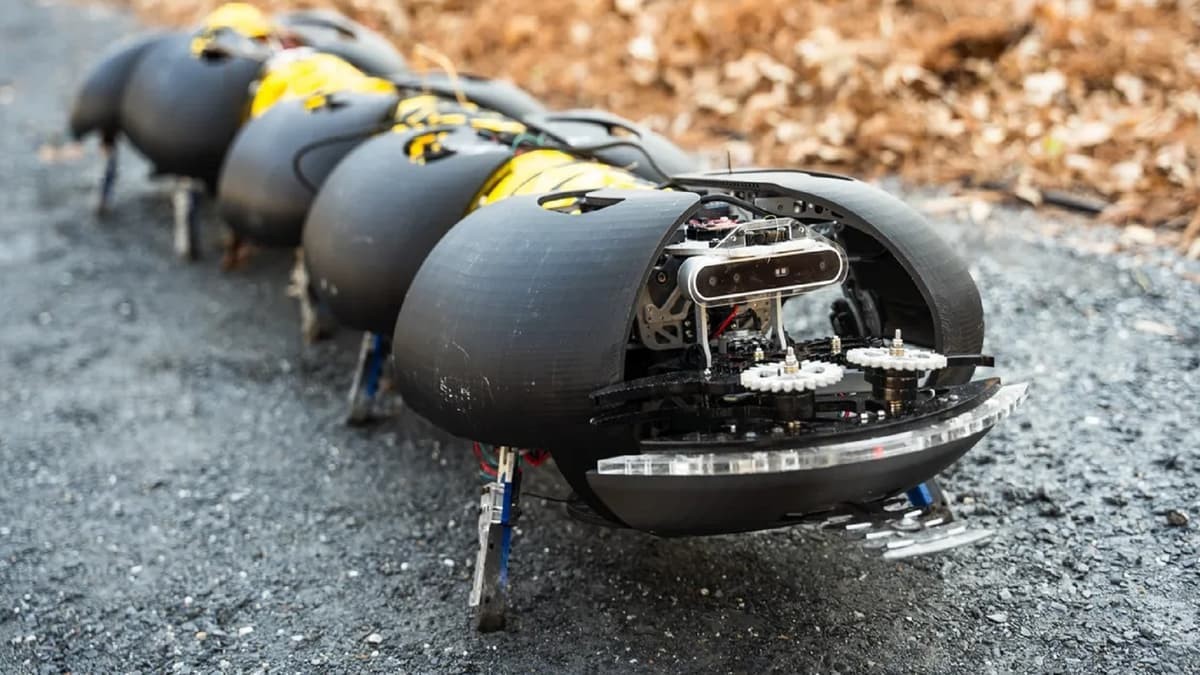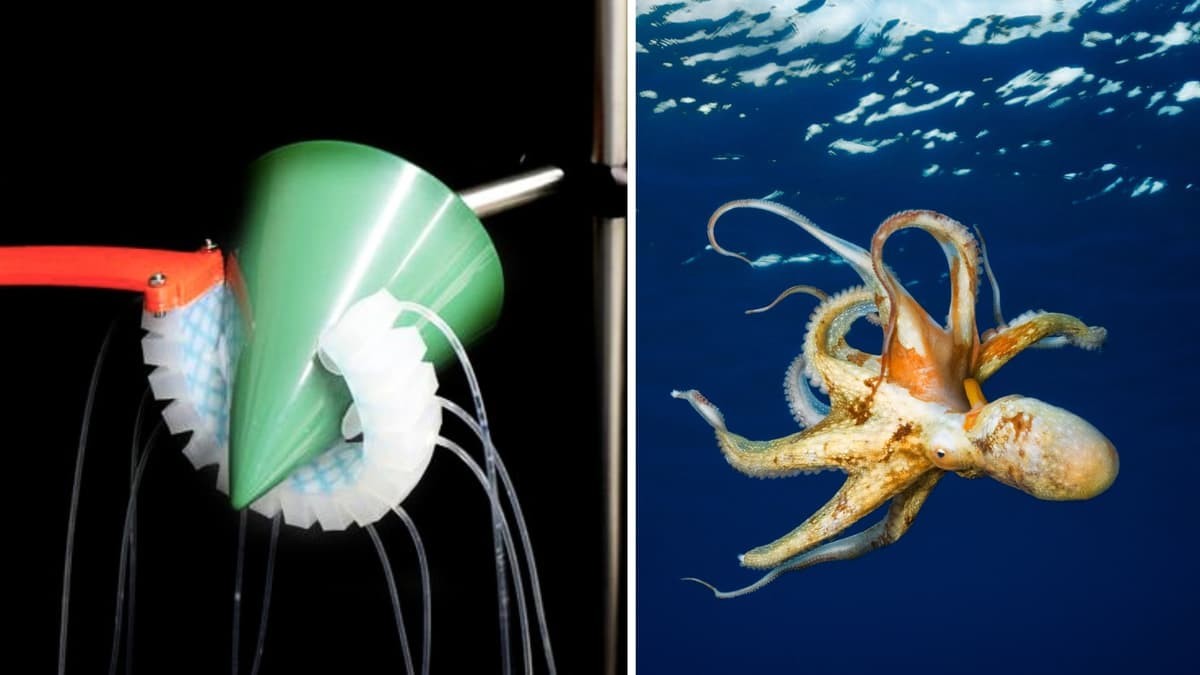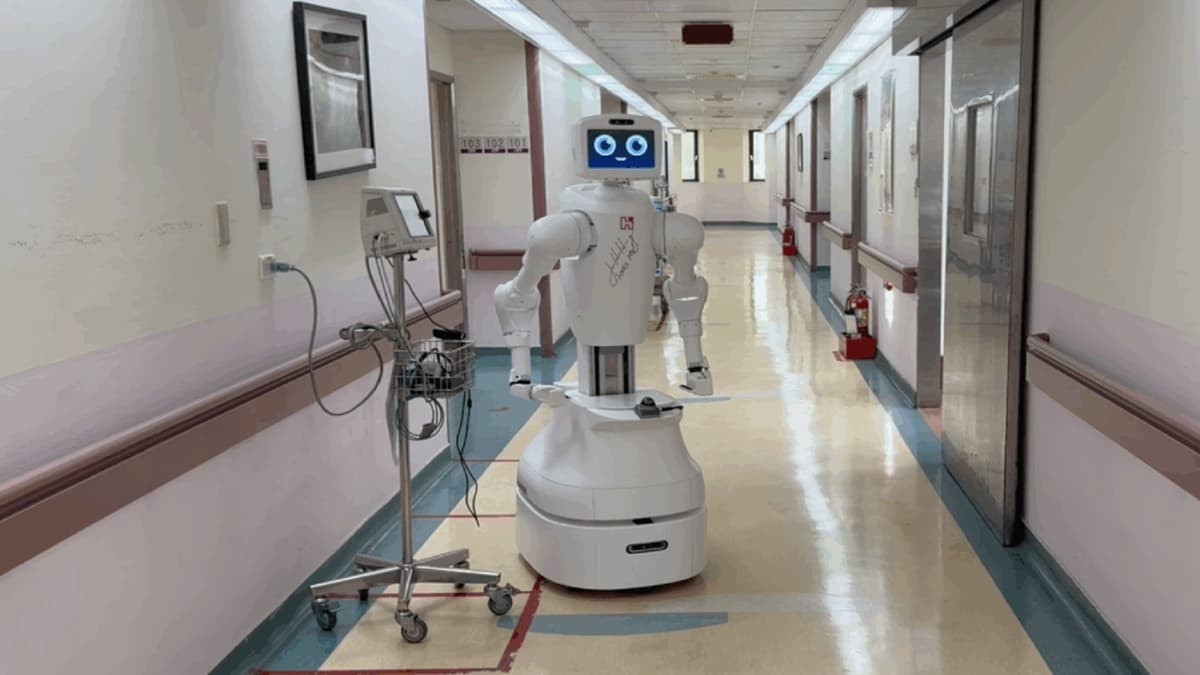Rivr’s Dog-Like Robots Team Up with Veho Vans to Tackle The ‘Last 100 Yards’ of Parcel Delivery in Austin
Most delivery automation stops at the curb, but for Veho and Zurich-based robotics startup Rivr, the real challenge—and opportunity—lies in those final 100 yards from the van to the doorstep.
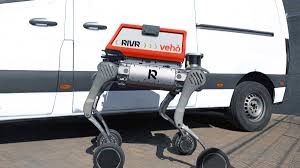
Figure 1. Rivr’s Dog-Like Robots Join Veho Vans to Revolutionize Austin’s Final 100 Yards of Parcel Delivery.
Launching Tuesday in Austin, Rivr’s four-wheeled, stair-climbing delivery robot—described by CEO Marko Bjelonic as “a dog on roller skates”—will carry packages directly from Veho’s vans to customers’ front doors. Figure 1 shows Rivr’s Dog-Like Robots Join Veho Vans to Revolutionize Austin’s Final 100 Yards of Parcel Delivery.
The pilot program is small to start: a single, closely supervised robot will operate daily, making five- to six-hour runs over a couple of weeks throughout Austin. But both companies view this as a crucial step toward addressing a unique segment of the end-to-end autonomous delivery process.
Bjelonic emphasizes that while last-mile delivery tasks are simple for humans, they pose significant challenges for robots. Rivr aims to be a game-changer, representing the next evolutionary step beyond traditional sidewalk robots.
Partnering with Veho allows Rivr to test its technology in real-world conditions and gather vital data to develop a comprehensive physical AI framework.
Bjelonic explains, “Unlike ChatGPT, which trains on internet data, or autonomous cars, which collect data from thousands of vehicles, robotics lacks such large-scale datasets. To overcome this, you need meaningful use cases to solve real problems and gather the data necessary to make robots smarter.”
For Veho, which operates in 50 U.S. markets delivering for brands like Sephora, Saks, and HelloFresh, this partnership offers a chance to explore automation that bridges the gap between van and doorstep. This could enable multiple simultaneous deliveries, especially in dense urban areas, as drivers and robots work together. Rivr’s “robot helpers” can also ease drivers’ workloads by handling the physically demanding task of walking door to door.
During the Austin trial, a Rivr employee will accompany the robot to ensure safety and maintain delivery quality. While the bots can operate autonomously, remote operators will be available to intervene if the robots encounter any difficulties, CEO Marko Bjelonic told TechCrunch.
The pilot will initially focus on the residential neighborhoods of Northwest Austin before expanding into denser parts of the city, according to Veho co-founder and CTO Fred Cook. Looking ahead, Cook envisions pairing these robots with specially equipped vehicles featuring charging stations to keep the bots running throughout a full workday.
Rivr plans to leverage insights from its Veho partnership to scale its fleet to 100 robots by next year and reach thousands by 2027. The startup is already active in the U.K. through a collaboration with delivery platform Evri and has raised over $25 million, including funding from a Jeff Bezos-led round that valued the company at $100 million.
The Challenge of the Last 100 Yards
Explore why most delivery automation stops at the curb and why the final stretch—from the van to the customer’s doorstep—is such a difficult problem to solve. Introduce the concept of “last 100 yards” delivery and why it’s important for improving efficiency and customer experience.
Meet Rivr’s Robot — The “Dog on Roller Skates”
Introduce Rivr’s innovative four-wheeled, stair-climbing delivery robot. Explain its unique design, capabilities, and how it navigates complex urban terrain. Highlight CEO Marko Bjelonic’s description and the technology behind making the robot handle the toughest parts of delivery.
Veho and Rivr Join Forces in Austin
Detail the partnership between Veho and Rivr, including the pilot program launching in Austin. Explain how the robot will work alongside Veho’s vans, the scope of the pilot, and the hands-on supervision involved to ensure safety and quality during the trial phase.
Overcoming Robotics Data Challenges
Dive into the importance of data in robotics development. Explain Rivr’s approach to gathering real-world data through this partnership, the challenge of limited robotics datasets compared to AI chatbots or autonomous cars, and how this trial can help build smarter delivery robots.
The Future of Autonomous Delivery
Discuss the plans and vision for scaling the technology—like expanding robot fleets, integrating charging stations, and the potential impact on delivery logistics. Mention Rivr’s broader ambitions in the U.K., investment milestones, and what this means for the future of last-mile delivery automation.
Source: TC
Cite this article:
Priyadharshini S (2025), Rivr’s Dog-Like Robots Team Up with Veho Vans to Tackle The ‘Last 100 Yards’ of Parcel Delivery in Austin, AnaTechMaz, pp. 183



